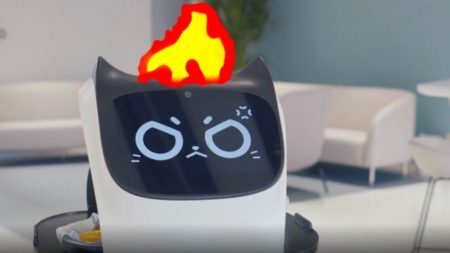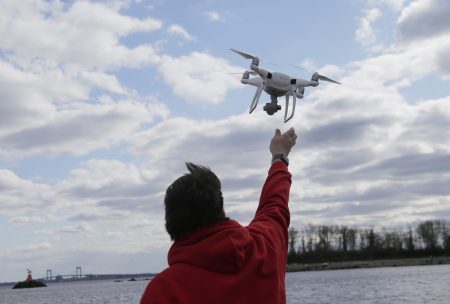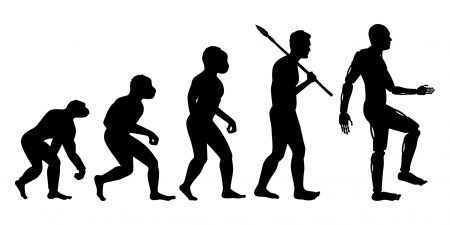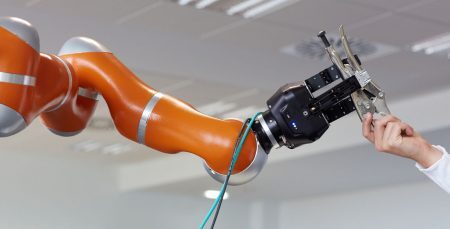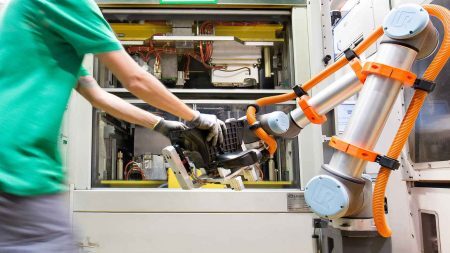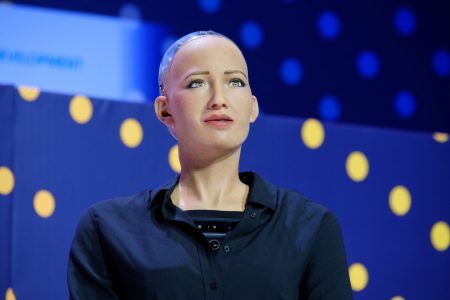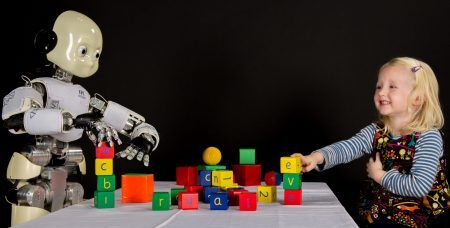Did you know that Facebook has an artificial intelligence (AI) division? Not just the regular stuff that dictates what you see from the many, many posts on the social network, but an AI division with designs on more… practical applications? That division has announced that it’s built a ” large-scale distributed reinforcement learning…algorithm”.
Browsing: robots
Light Start: CES 2020 edition – a smart lipstick mixer, enormous Predator displays, Intel’s modular gaming PC and a restaurant robo-cat?
Robotics is rapidly being transformed by advances in artificial intelligence. And the benefits are widespread: We are seeing safer vehicles with the ability to automatically brake in an emergency, robotic arms transforming factory lines that were once offshored and new robots that can do everything from shop for groceries to deliver prescription drugs to people who have trouble doing it themselves.
Hardly a week goes by without a report announcing the end of work as we know it. In 2013, Oxford University academics Carl Frey and Michael Osborne were the first to capture this anxiety in a paper titled: “The Future of Employment: How susceptible are jobs to computerisation?”.
Robots used to be restricted to heavy lifting or fine detail work in factories. Now Boston Dynamics’ nimble four-legged robot, Spot, is available for companies to lease to carry out various real-world jobs, a sign of just how common interactions between humans and machines have become in recent years.
The latest industrial robots look like petting zoo versions of the big machines found in many modern factories – small, cute and you can play with them. But don’t be deceived by their cuddly appearance. They have the potential to change the way humans work with machines and disrupt the existing market for industrial robots.
Science fiction is brimming with visions of the future and the many wondrous things the human race can achieve. But it is full of warnings too – and we should be careful to take heed of some of the big messages that are more relevant now than they ever were before.
Researchers have designed a “Multimodal Turing Test” to judge a machine’s appearance, movement, voice and what we call embodied artificial intelligence (EAI). This is a measure of how well artificial intelligence is integrated with a robotic body in order to expresses a personality.
A sustainable space program requires reliable, fully autonomous robotic systems both for maintaining the existing space infrastructures and for building new ones beyond low Earth orbits. Autonomy is particularly essential to near-future space robotic systems as they must operate in harsh and partially understood environments.
During the course of a day, robots might be expected to do everything from making a cup of tea to changing the bedding while holding a conversation. These are all challenging tasks that are more challenging when attempted together. No two homes will be the same, which will mean robots will have to learn fast and adapt to their environment. As anyone sharing a home will appreciate, the objects you need won’t always be found in the same place – robots will need to think on their feet to find them.


